Fascinating Facts About Mount Kilimanjaro
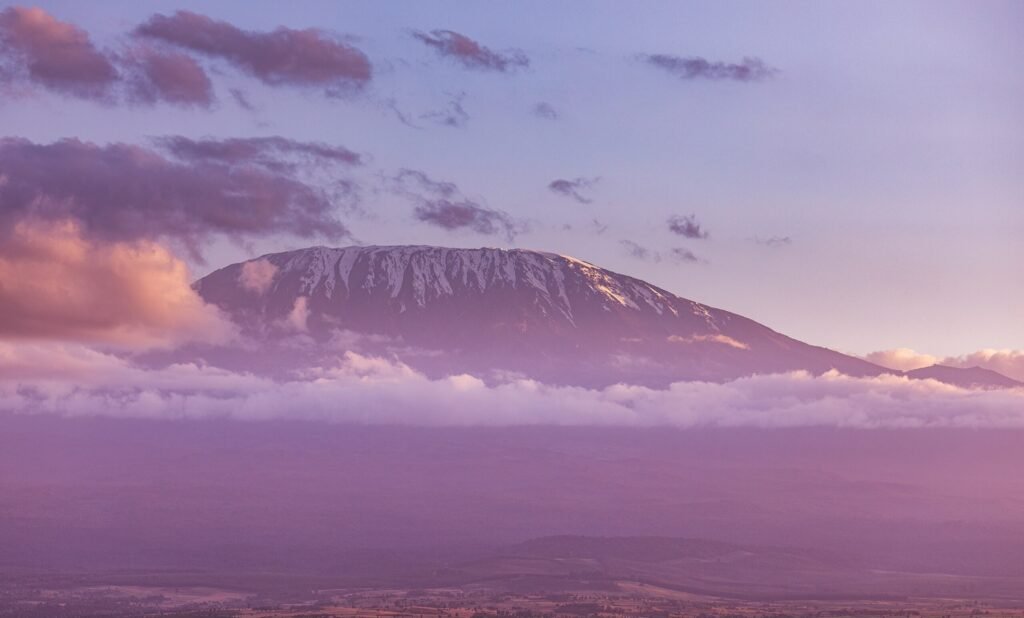
Here’s an interesting fact you might not know about Mount Kilimanjaro: it’s a dormant volcano! Not only that, this global icon reaches 5,895 meters (19,341 feet), making it the highest free-standing mountain in the world.
Located in Tanzania near the Kenyan border, Mount Kilimanjaro has captivated adventurers and scientists alike for most of human history, serving as a powerful symbol of the natural world. Yet, this iconic peak also faces significant modern threats.
In this article, we’re going to explore the mountain’s most fascinating facts. We will look at its geological history, unique geography, local culture, climbing logistics, and the urgent climate challenges it faces. Let’s go!
5 Fascinating Mount Kilimanjaro Facts
Fact 1: Kilimanjaro is Three Volcanoes in One
The mountain’s origins trace back millions of years to intense volcanic eruptions. This process created its three distinct volcanic cones: Shira, Mawenzi, and Kibo. Kibo is the highest and the only one considered dormant (Shira and Mawenzi are extinct). This volcanic activity was driven by tectonic activity in the East African Rift, a massive geological feature that is gradually splitting the African continent. This geological marvel attracted explorers for centuries. The first officially documented summit was achieved in 1889 by German geologist Hans Meyer, marking a pivotal moment in the mountain’s exploration history.
Fact 2: It’s Entirely in Tanzania, Despite Border Myths
A common misconception, fueled by stunning views from Kenya’s Amboseli National Park, is that the mountain is shared or located in Kenya. In reality, Mount Kilimanjaro lies entirely within Tanzania. This alignment dates back to colonial borders drawn in 1886. Its location is remarkable: it sits just 200 miles (322 km) south of the equator, yet, due to its immense height, it features permanent ice fields. As Africa’s highest point, its geography is incredibly varied. It supports diverse ecosystems, ranging from a tropical base to an arctic summit. This unique geography, spanning such a massive altitude change, also plays a crucial role in shaping the local climates on its slopes.
Fact 3: It’s a Sacred “Shining Mountain” to the Chagga People
The mountain is not just a geological feature; it is a sacred home. The Chagga people have lived on Kilimanjaro’s fertile slopes for centuries. They traditionally view the mountain as a sacred site, calling it “Kilema Kyaro,” which translates to “Shining Mountain.” In their beliefs, it is considered the abode of their supreme deity, Ngai. This gives the mountain deep symbolic importance in Tanzanian folklore. It represents a source of life, fertility, and spiritual power, with many rituals and legends passed down through generations. While it holds this powerful mystical aura, it is important to understand its real world role. The mountain is central to community livelihoods, providing rich volcanic soil for agriculture and supporting a robust tourism economy.
Fact 4: It’s a “Walk-Up” Summit
Many people are surprised to learn that climbing Kilimanjaro is considered non-technical. This means you do not need specialized gear like ropes or crampons. However, this does not make it easy. Climbers must use guided tours that include porters and obtain permits from Kilimanjaro National Park. The primary challenge is altitude sickness, which requires careful preparation and acclimatization.
Popular routes, such as Marangu or Machame, typically last between 5 and 9 days. Climbers must pack for dramatically varying weather, as they pass through five distinct climate zones. Training should focus on endurance for daily hikes of 4 to 8 hours. Statistics show that success rates improve significantly with longer itineraries, as they allow the body more time to adjust to the altitude. This combination of factors makes the climb accessible to many casual adventurers interested in geography and mountains, yet it remains a demanding physical and mental challenge.
Fact 5: Climbing It is Like Walking from the Equator to the Arctic
As climbers ascend, they experience a journey through five distinct ecological zones. These are: bushland, rainforest, heath, alpine desert, and the arctic summit. Each zone hosts unique flora and fauna. You might find elephants and monkeys in the lower forests, while only hardy lichens survive near the top. This incredible biodiversity, which supports several endangered species, helped the mountain become a UNESCO World Heritage site in 1987. This variety greatly enriches the climbing experience. It counters the myth that the mountain is just a barren rock. However, this ecosystem faces challenges, including habitat loss from human activity at its base, tying Kilimanjaro into broader African environmental narratives.
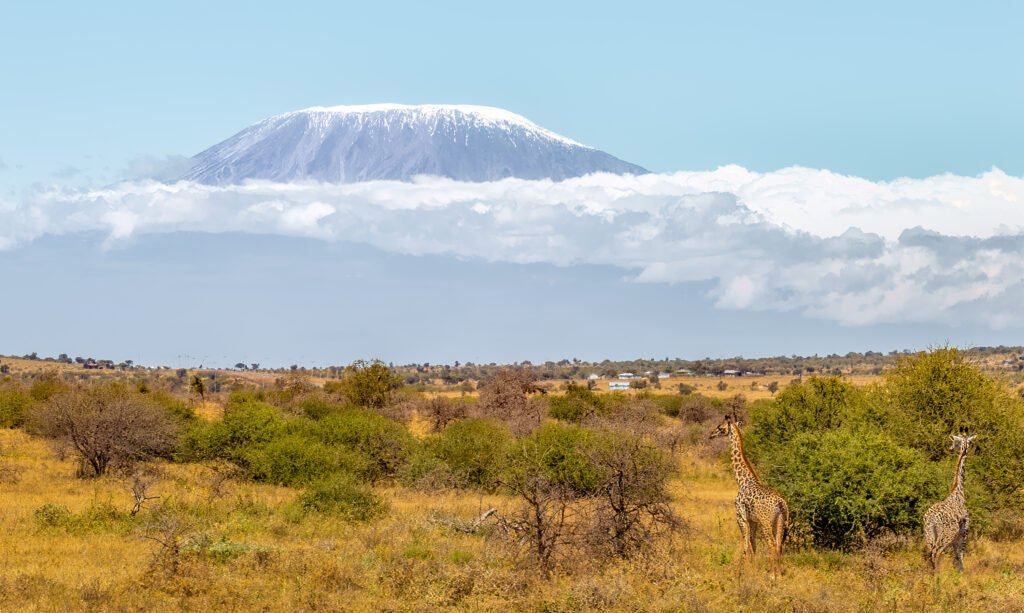
Impact of Climate Change on Mount Kilimanjaro
One of the most urgent stories of Kilimanjaro is the impact of climate change. The iconic glaciers on its peak have shrunk by over 80% since 1912. Scientists predict they may disappear completely by 2040 or 2050. This is caused by rising global temperatures and reduced precipitation. Drier East African climates are essentially starving the ice of the new snowfall needed to sustain it. Fresh snow still falls during the rainy seasons (March to May and November), but the permanent ice cap is vanishing.
This process is called glacial retreat. It is more than just a visual loss; the glaciers act as a critical water source for the rivers and springs that local communities and ecosystems depend on.
While a few scientists suggest natural cycles play a role, the overwhelming consensus is that human induced climate change is the dominant driver of this rapid loss. This impacts the mountain’s ecosystems and potentially its tourism. Efforts like reforestation on the mountain’s slopes are underway to help mitigate some effects, but the situation highlights an urgent need for global action.
Conclusion: Planning a Visit to Mount Kilimanjaro
These facts illustrate Kilimanjaro’s deep allure, from its geological roots to its cultural depth. For those inspired to see it, planning is key. We urge readers to consider experiencing its trails firsthand while it is still possible.
Here are practical tips for visiting:
- Choose reputable guides who treat porters fairly and follow park rules.
- Time your climb during the dry seasons (June to October or January to March) for the best weather.
- Prepare physically to maximize your enjoyment and chances of success.
We encourage responsible tourism that supports local economies and conservation efforts. This might mean joining group treks or contributing to local anti poaching initiatives.
Imagine reaching Uhuru Peak at sunrise, feeling the triumph of conquering Africa’s roof. Such a journey fosters a profound appreciation for our planet’s fragile natural wonders.
Further Readings & Resources
The following sources and links are accurate as of the publication date of this article.
- Official UNESCO World Heritage site for Mount Kilimanjaro: https://whc.unesco.org/en/list/403
- UN Environment Programme on climate change in Tanzania: https://www.unep.org/technical-highlight/country-many-ecosystems-tanzania-takes-important-steps-counter-climate-change
You may also like
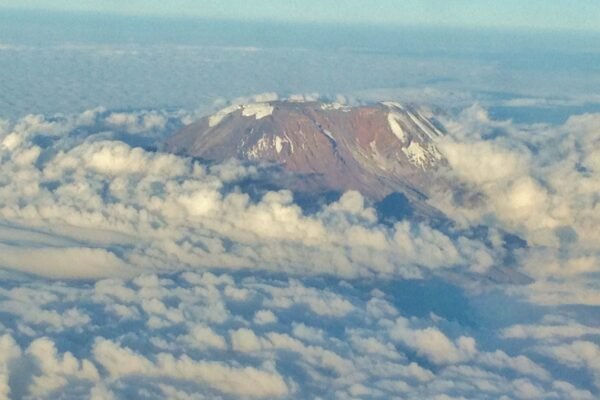
The Origin of Mount Kilimanjaro’s Name
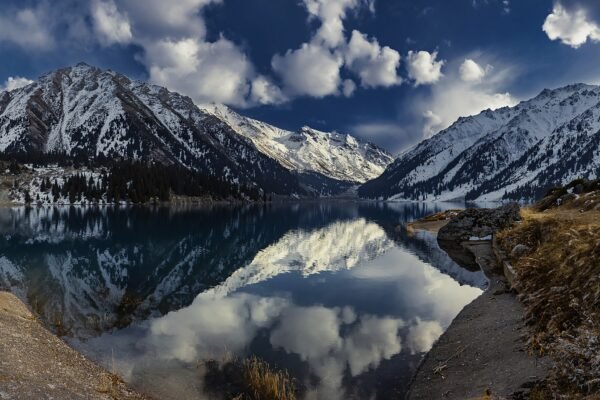
Exploring Kazakhstan’s Natural Wonders
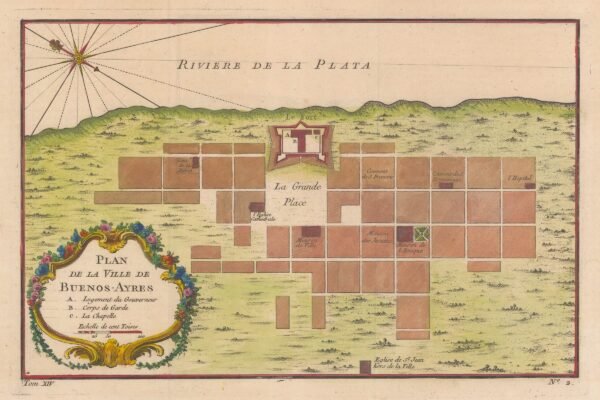
Leave a Reply